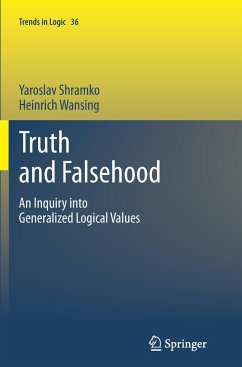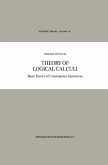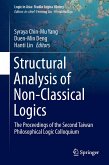The book presents a thoroughly elaborated logical theory of generalized truth-values understood as subsets of some established set of (basic) truth values. After elucidating the importance of the very notion of a truth value in logic and philosophy, we examine some possible ways of generalizing this notion. The useful four-valued logic of first-degree entailment by Nuel Belnap and the notion of a bilattice (a lattice of truth values with two ordering relations) constitute the basis for further generalizations. By doing so we elaborate the idea of a multilattice, and most notably, a trilattice of truth values - a specific algebraic structure with information ordering and two distinct logical orderings, one for truth and another for falsity. Each logical order not only induces its own logical vocabulary, but determines also its own entailment relation. We consider both semantic and syntactic ways of formalizing these relations and construct various logical calculi.
This book is an exceptional contribution to philosophical logic; no one who thinks about truth values should miss it. Taking Truth and Falsehood as objects in Frege's way, the authors serve up a compelling combination of (1) authoritative, encyclopedic, and philosophically sensitive history, (2) a careful and persuasive presentation of their beautiful and super-useful theory of sixteen (not just algebraic but really logical) truth values structured as a trilattice, and (3) a dazzling array of related conceptually motivated formal developments that bring the reader to the forefront of current research. Prof. Nuel D. Belnap Truth and Falsehood, two values. What could be simpler? We can all count to 2. Professors Shramko and Wansing in this book build on earlier work of themselves and others (including Nuel Belnap's and my "four valued logic") to show that 2 truth values is barely enough to get started. They consider 4 and especially 16 element truth values, and do not even stop there. Paraphrasing George Gamow, "Two Four Sixteen Infinity." This book is thoughtful and bold, philosophical and mathematical, and very well-written. Prof. J. Michael Dunn Could something be both true and false, and neither true nor false? 'That way,' claimed Bob Meyer, 'lies madness'. But if this be madness, yet there is method in't, as Shramko and Wansing show, unearthing a rich and beautiful family of logical structures. Prof. Graham Priest








